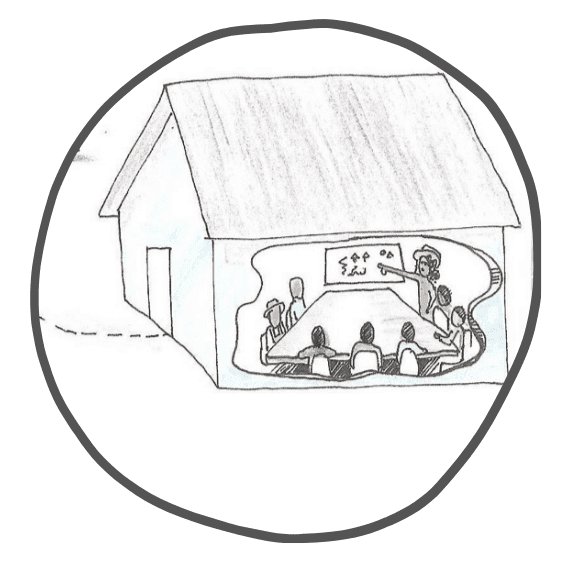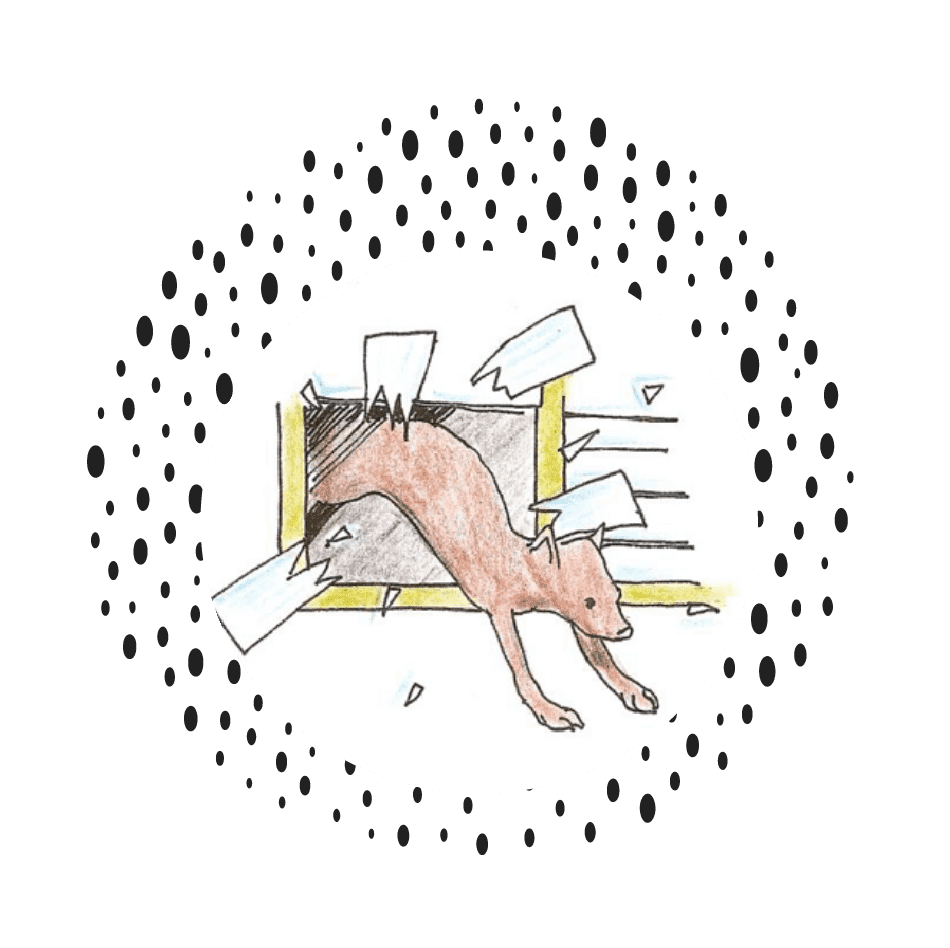
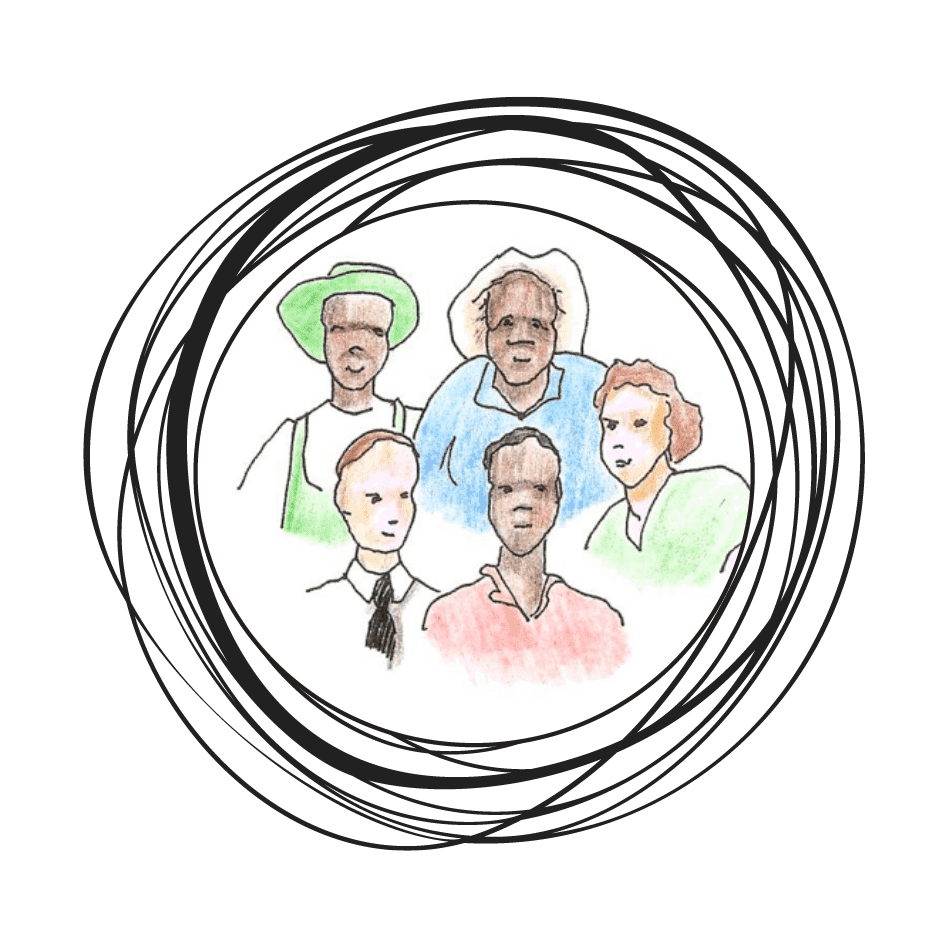

Pets can be good friends to people.
People love their pets. Old people and children often have very special times with their dogs and cats.
Healthy dogs and cats are fun to play with and have around.
Having good pets can help people’s mental health.
Research shows that patting a pet can make people’s blood pressure and heart rates go down, helping to take away stress and worries.
In places where it gets cold, dogs can also help keep people warm at night.
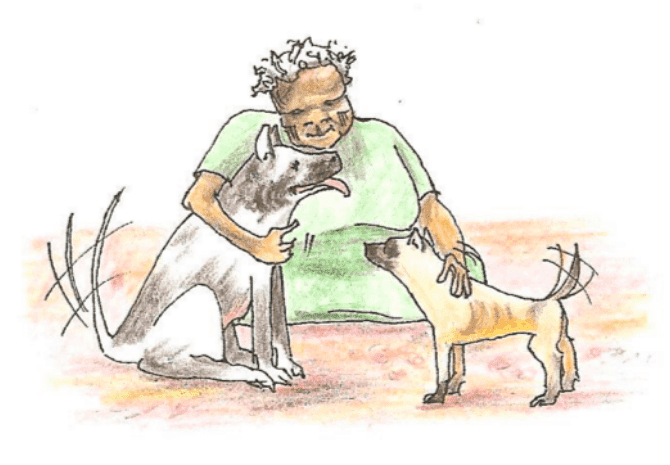
Dogs keep families safe.
Dogs can protect people.
They can stop unwanted people coming into houses.
They can also be used to warn people about harm from the spirit world.
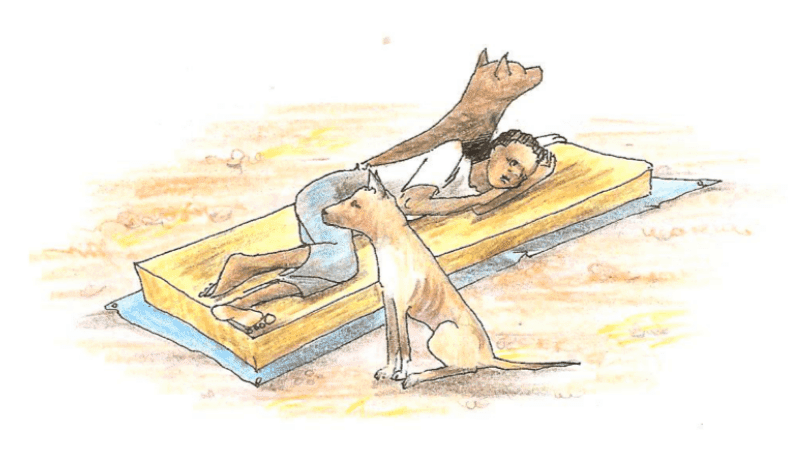
Dogs help people hunt for food.
With training, some dogs become very good hunters.
Sometime these dogs need special management though, so that they don’t use their hunting instincts within the community.
People might have cats to keep rodents and snakes away.
Cats are very good hunters – they will hunt any native or introduced small animals or birds.
Some people keep cats to help keep mice, rats or snakes away from their house.

Dogs are an important part of Indigenous culture.
Dog dreaming is part of the spiritual life in many communities.
Some dogs may be very sacred in some communities.
Some people have the dog as their dreaming or totem.
People sing and dance dog. There are creation stories about dogs.
Dogs can have skin names.
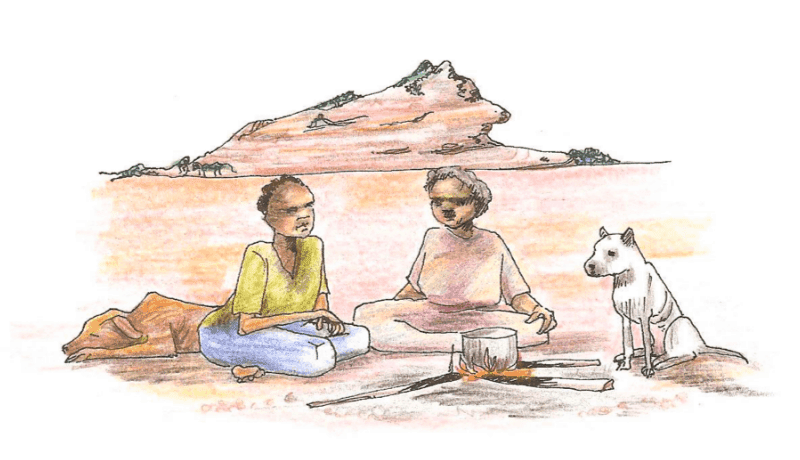
The EHP and dog owners can work to keep dogs healthy. This can help keep the community and culture strong.
The role of the EHP in animal health and management programs
The Environmental Health Practitioner (EHP) and their team are the most important parts of any animal health and management program.
A team that runs a well-planned animal health and management program can make dogs and cats healthier, happier and more manageable.
Many problems with pets can be fixed by the EHP team with only a little bit of outside help. The more the EHP team fixes the problems by itself, the more dog and cat owners will like the program and the cheaper the program will be for the community.
With training and support, you can:
- Talk with people to work out what people see as dog and cat problems, and make people aware of the animal health and management program.
- Plan a long-term animal health and management program with the community, management and vets.
- Work with the vet and the EHO, being a community liaison and cultural advisor.
- Give medicines to animals to keep them clean and healthy.
- Keep good records of dog and cat populations, to show the work being done, and improvements being made.
- Follow the vet and management’s advice to deal with sick, injured, stray, feral or cheeky animals.
- Give dog and cat owners good advice on how to care for their animals.
- Give talks at school about animal health and welfare and how to avoid dog bites.
- Work with the health clinic to:
-
- identify when germs are transferring between animals and people,
- identify dogs that have bitten people, and
- promote things that people can do to stay healthy and safe around animals.
- Work as part of a research team to learn more about the links between animal and human health and wellbeing. AMRRIC is a good contact point for anyone interested in doing research in their communities.
- Talk to the shop about what animal products they can sell for dogs and cats.
- Talk with the council to make sure that animal-related by-laws respect culture and traditional law.
- Make sure all dog and cat owners know about state or local government laws about keeping animals.
- Report to the community, management and council, about how the program is going.
- Think about different ways the community might be able to pay for the animal health and management program.
- Attend ongoing training so the program can keep getting better
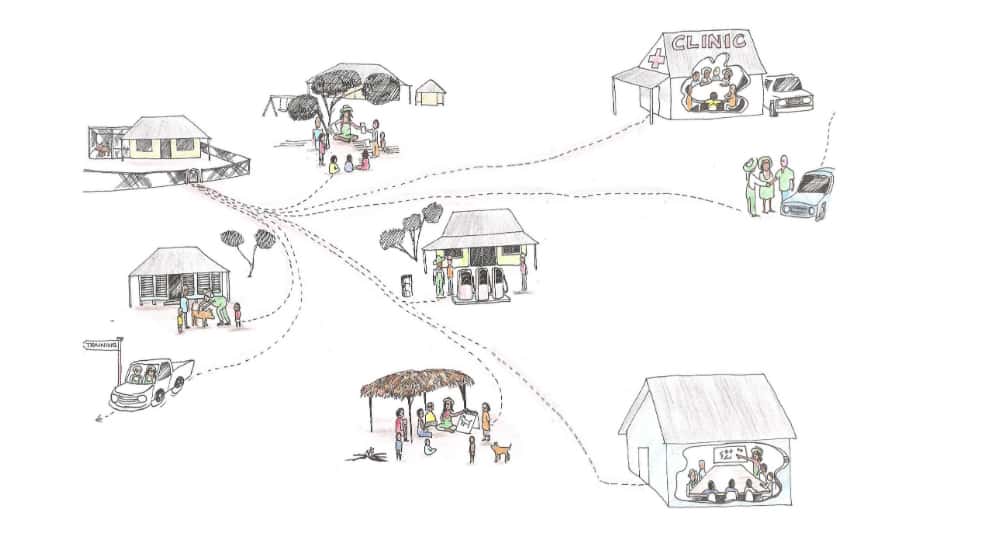
EHP special skills
Having an animal health and management program can make a huge difference to how a community looks.
It can really change dogs and cats from pests into pets.
People feel happy and proud when they have healthy animals around. They will want to treat these dogs and cats well.
It can be a great job when you see all the animals getting healthy and under control.
But being an EHP is not always easy.
When EHPs are talking about the number of animals people can own or what to do about cheeky dogs, everyone will all have different ideas.
Some people will want no animals, some will want lots of them. Some people will respect cultural aspects of animals in the community and some people won’t.
Some will like what the EHPs are doing and some won’t.
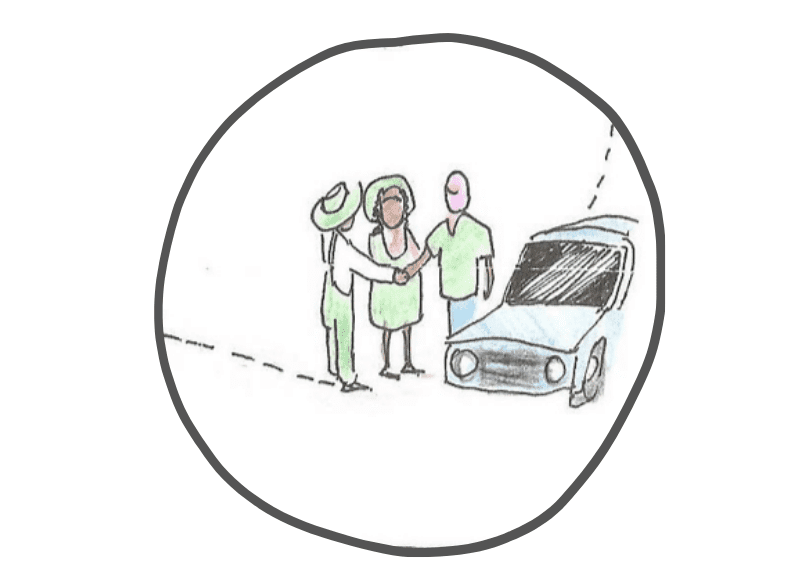
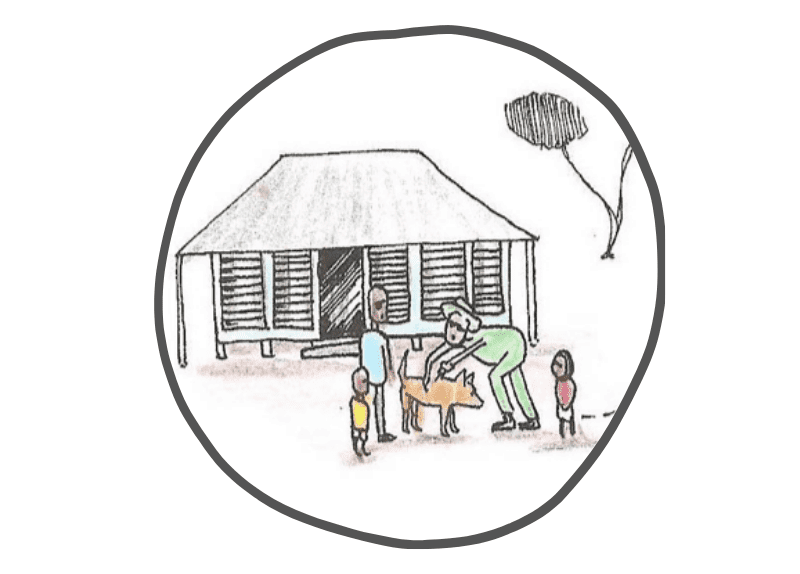
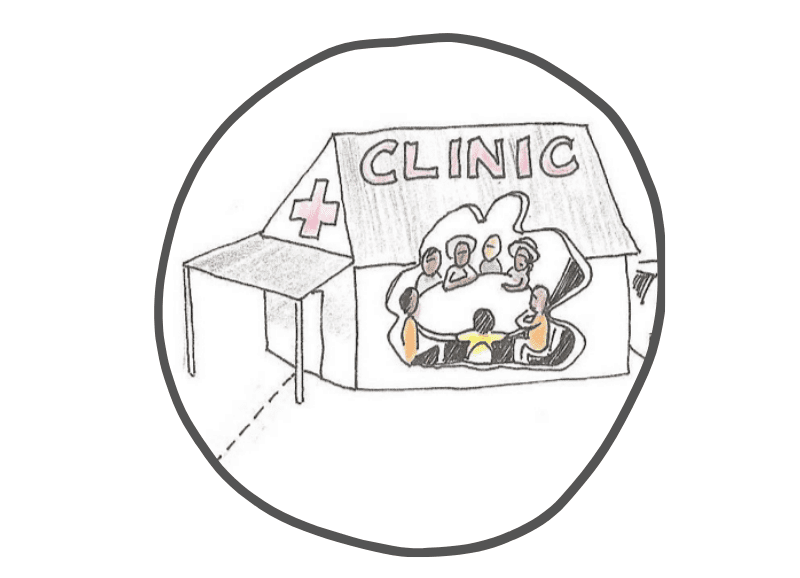
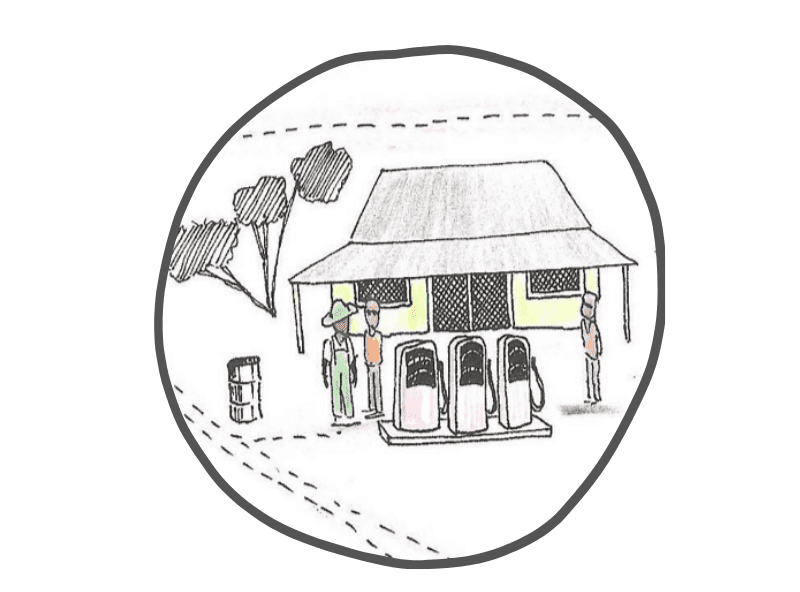
To deal with these things the EHP should try to:
Be a good communicator.
The EHP has an important job in hearing lots of people’s ideas about pets, then working out how to get the job done.
The EHP will need to be able to talk to elders, pet owners, school children, the local and regional councils and Chief Executive Officers, vets and health staff and shop people.
The EHP is the person that will understand all the points of view the best.
When the EHP talks to people, it is best if the communication is both ways.
The EHP can listen and think about what people want. The EHP must also make sure they can tell people what they think too.
An important part of the role of the EHP is to speak up if they see a vet or contractor doing something the community does not like, and talk about different ways something could be done.
Programs can fall apart if the community does not support the program.
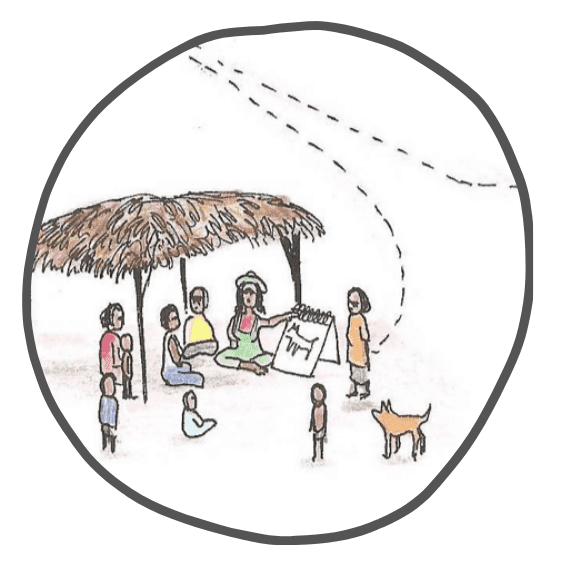
Be open to getting training.
Ongoing training makes a job more interesting.
A job is always easier knowing the full story and feeling confident doing the job.
At training and conferences, the EHP gets to meet other EHPs, and share knowledge, experience and ideas.
EHPs should think about the things they would like to be able to do, and then talk to management about the best ways to get training to do these things.
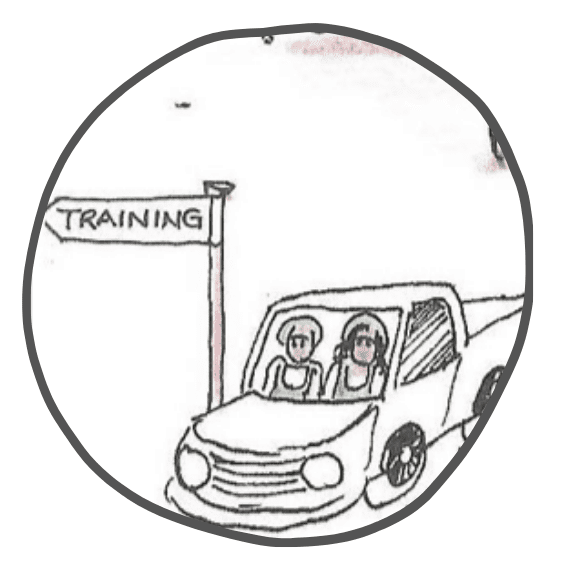
Be fair to everyone.
This is very important in situations where people might be angry or upset, for example, when dealing with a reported dog bite.
An animal health and management program will not work if the EHP treats some biting dogs in a different way to other biting dogs.
If the community has by-laws the EHP can use these to make things fair and consistent. Using these laws might also stop people being angry with the EHP. The law is the law, it’s not about the EHP.
If the community doesn’t have by-laws, it is important the EHP has strong support from management if they are asked to deal with animal problems that might anger or upset people.
Be a role model.
People will not respect a program if the EHP running the animal health and management program has many cheeky or sick dogs in their own yard.
The EHP needs to be a good animal health and management role model. They should be proud to put the program into action in their own backyard.
If the EHP doesn’t want to participate in the animal health and management program, the program might not be a good fit for the community. The program might need to be changed to make it work better.
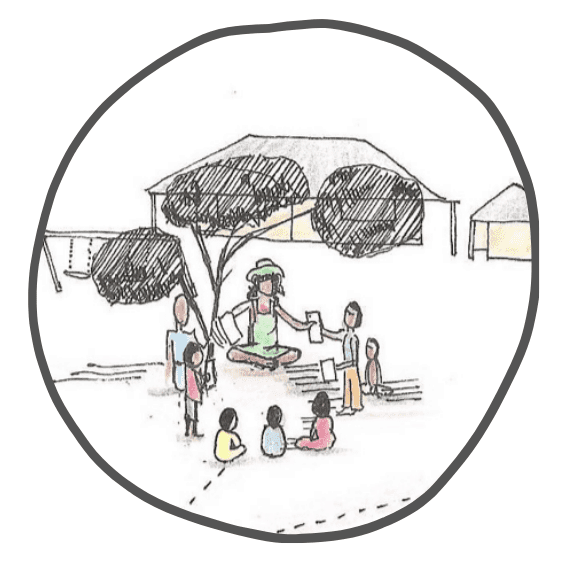
Keep going.
Animal health and management programs are great when they keep going.
It does not take long for the animals to get sick and breed up when a program stops.
Look at things you will need to keep the program running.
This includes what things the EHP needs to stay happy in the job.
And remember to stay DEADLY.
D – Dedicated
E – Enthusiastic
A – Adaptable
D – Durable
L – Love what you do
Y – Yearn to keep improving
“DEADLY” used courtesy of Stephen “Bully” Canendo, EHP at Yarrabah Community in Queensland.
